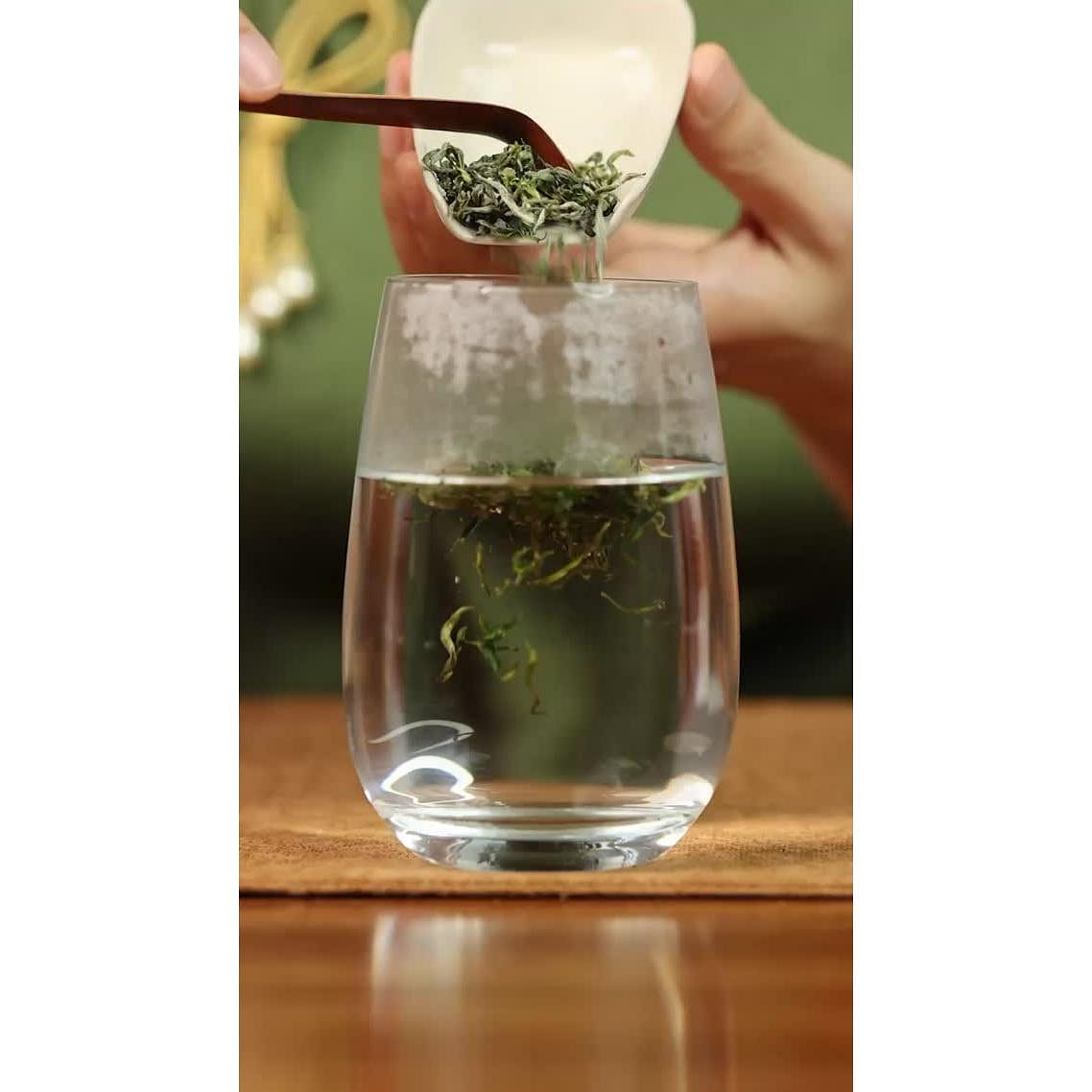2025 First Harvest Organic Jingshan Tea 50 g
Chi Tiết
Mô tả
Jingshan Tea 径山茶 hails from Jingshan Town in the Yuhang District 余杭区 of Hangzhou City 杭州市, Zhejiang Province, China. Jingshan Mountain, meaning "Path to Tianmu 径通天目,” is the northeastern peak of the Tianmu Mountains and has been a revered Buddhist site since ancient times. In the Tang Dynasty (618-907), the monk Faqin 法钦 established a temple here, and during the Song (960-1276)and Yuan (1271-1368)Dynasties, it rose to prominence as the leading Zen monastery in the Jiangnan region, earning it the title "Famous Mountain of the Buddhist Capital." Lu Yu 陆羽, the "Sage of Tea," was drawn to Jingshan by its reputation. He cultivated, processed, and studied tea here, ultimately completing his seminal work, the Classic of Tea, and realizing the profound connection encapsulated in the phrase "Zen and Tea are one flavor." Jingshan tea also journeyed overseas with Japanese monks, becoming a significant wellspring for the Japanese tea ceremony (Chado). With Zen inherent in the tea and tea intertwined with Zen, Jingshan tea embodies deep historical, cultural, and spiritual significance, serving as a living vessel of traditional Chinese culture.
This specific Jingshan tea originates from the Wufeng (五峰, Five Peaks) ecological tea garden on Jingshan Mountain, situated at an altitude of approximately 500 meters within the Eastern Tianmu Mountain range. The area is characterized by year-round clouds and mist, gentle sunlight, and abundant rainfall (over 1400 mm annually). This humid climate is exceptionally conducive to the growth of high-quality tea trees. The garden's soil is primarily yellow-red, with a pH level between 5.6 and 5.7. It is loose, well-drained, and rich in minerals and trace elements—the ideal weakly acidic, sandy soil favored by tea plants, providing the perfect environment for accumulating amino acids and other nutrients.
We meticulously select tender one-bud-one-leaf shoots, harvested around the Qingming Festival, as our raw material. Due to the high altitude, the buds sprout slightly later, yielding fresh leaves that are rich in beneficial compounds, pristine, and boast a fresher, more intense flavor. This is poetically captured in the Qing Dynasty's "Song of Jingshan Tea" by Jin Yu: "In half-shade, half-sun around Guyu (Grain Rain Festival), only a few 'one-flag-one-spear' [one bud, one leaf] shoots are found," vividly illustrating the careful consideration given to the picking season, weather, and the tenderness of the leaves.
The tea processing is personally undertaken by Master Zhou Fanglin, a representative inheritor of the "Jingshan Tea Frying Technique," recognized as a Zhejiang Provincial Intangible Cultural Heritage. Hailing from a lineage of tea artisans, Master Zhou has dedicated over thirty years to the craft of hand-frying tea, possessing profound skill and extensive experience. His method strictly adheres to ancient traditions, encompassing multiple stages: withering, kill-green and shaping, sorting, rolling, and drying. The finished tea exhibits a tender green hue, a fresh and elegant aroma, a mellow and smooth infusion, and a long-lasting aftertaste. It stands as an exceptional example of a spring high-mountain organic green tea, truly worthy of appreciation and collection.



